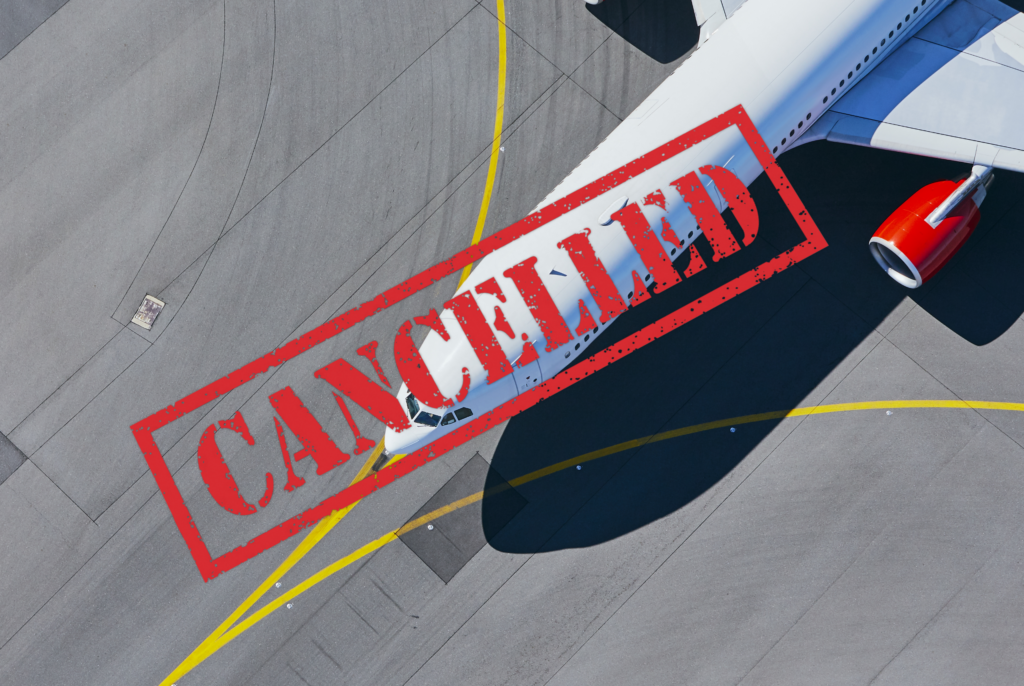Blog + News
Government of Alberta announces a newsworthy budget for 2015
Budget announcements from the Government of Alberta for the last number of years have generally been humdrum events. Unfortunately, with declining oil prices and market uncertainty, the Government of Alberta is now in a position where it can no longer rely on resource royalties to smooth out its revenue stream. Through Budget 2015, the Government of Alberta is proposing changes that will impact many Albertans in a significant way.
Reintroduction of a health care premium
The Government of Alberta proposes to reintroduce a health care premium, known this time as the Health Care Contribution Levy (the “Levy”). The old Alberta Health Care Insurance Premium, eliminated effective January 1, 2009, was capped at $528 per person per year or $1,056 per family per year. The Levy will be effective July 1, 2015, so that only half of the full-year Levy amount will be due within 2015.
There will be no Levy for persons with taxable income of less than $50,000. However, for persons with more than $50,000 of taxable income, the Levy will be progressive until reaching a maximum per person of $1,000 for those with taxable income above $130,000.
| Taxable income | Health care contribution levy payable | |
| From | To | |
| $0 | $50,000 | No health care contribution levy |
| $50,000 | $70,00 | (Taxable Income – $50,000) x 5% to a maximum of $200 |
| $70,000 | $90,000 | $200 + (Taxable Income – $70,000) x 5% to a maximum of $400 |
| $90,000 | $110,000 | $400 + (Taxable Income – $90,000) x 15% to a maximum of $600 |
| $110,000 | $130,000 | $600 + (Taxable Income – $110,000) x 15% to a maximum of $800 |
| $130,000 | and up | $800 + (Taxable Income – $130,000) x 25% to a maximum of $1,000 |
The Levy will be collected at source through withholdings or included in instalments.
Compared to the old regime, the Levy will be very punitive for families. Suppose both spouses are earning above $130,000 per year – the Levy will be $1,000 per person, totaling $2,000. The Levy is almost double the old Alberta Health Care Insurance Premium in 2008 of $1,056, and many Alberta families will be significantly impacted by this.
New personal income tax brackets
The Government of Alberta has always been renowned for its flat 10% income tax rate, but this claim will be lost after January 1, 2016, at least concerning personal tax. Budget 2015 introduces two new tax brackets: taxable income over $100,000, and over $250,000:
| Taxable income | 2015 | 2016 | 2017 | 2018 | 2019 and later | |
| From | To | |||||
| $0 | $100,000 | 10% | 10% | 10% | 10% | 10% |
| $100,000 | $250,000 | 10% | 10.5% | 11% | 11.5% | 11.5% |
| $250,000 | and up | 10% | 11% | 11.5% | 12% | 11.5% |
The $250,000 top bracket is intended to be temporary so that it disappears after 2018. Also, both the $100,000 bracket and the $250,000 bracket will be indexed to inflation starting 2017.
It is unfortunate that the Government of Alberta is following in Ontario’s footstep in introducing a “rich tax” that punishes high income earners, which at the end of the day, will mainly affect upper-echelon workers. Those who earn business income through private corporations will likely be incentivized to retain earnings inside their corporations to avoid the top-bracket tax. The happy news is that Alberta remains the province with the lowest top marginal personal tax rate even after this increase (compare Alberta’s increased rates to Ontario, which has a 13.16% rate for income over $220,001, and BC, which has a 16.8% rate for income over $151,051).
A subtle, but important, indirect impact of this proposed increase in tax rates is that eligible dividends are now taxable in Alberta. Under the current regime, Alberta provides a dividend tax credit that effectively zeros-out any Alberta tax on eligible dividends.1 This was a deliberate policy choice made by the Alberta government. This proposed increase in personal tax rates will not be accompanied by any increase to the dividend tax credit. As a result, for an individual at the top Alberta marginal rates, the eligible dividend will be subject to 1.4% Alberta tax in 2016, 2.1% in 2017, 2.8% in 2018, and 2.1% thereafter.2 Since this proposed increase does not take effect until January 1, 2016, Alberta corporations may consider accelerating dividend payments so that they are paid before December 31, 2015.
Reduction in charitable donation tax credit
In 2007, the Government of Alberta increased the Alberta charitable donation tax credit for donations over $200 from 12.75% to 21%. Combined with the federal credit, generous Albertans were entitled to a combined credit of 50% of their donation amounts exceeding $200. Starting in 2016, the Budget proposes to reduce the Alberta donation credit back to the pre-2007 rate of 12.75%. The reason for the reversal, according to the Government of Alberta, is that they did not feel that the total value of donations increased since the increase of the donation credit; instead they now feel that the higher tax credit for donations was not an effective tax measure.
A comparative in the Western Canadian provinces for donations greater than $200 yields the following donation tax credit rates:
| Alberta (after 2016) | 12.75% |
| BC | 14.70% |
| Saskatchewan | 15.00% |
| Manitoba | 17.40% |
As shown above, after 2016, Alberta will have the lowest provincial donation tax credit in all Western Canadian provinces.
We do not necessarily agree with the Government of Alberta’s view that charities have not benefited from the increased tax credit. Charities play a very important role in our communities and in times of disaster (as seen in the Southern Alberta flood of 2013). With challenging times in Alberta due to declining oil prices, charities are going to have a difficult job drumming up donations; combining this with the significant decrease in the Alberta donation credit may just result in a perfect storm on charities that many Albertans rely on.
New Alberta Working Family Supplement (AWFS)
The Government of Alberta is introducing a new refundable AFWS tax credit that will pay families with one child $1,100, plus an additional $550 per child (maximum three additional children) when the family earns between $2,760 and $41,220 (indexed with inflation starting in 2017). This means a maximum payment of $2,750 for a family with four children.
No change to corporate tax rates
On the corporate tax front, no news is good news. Alberta general corporate tax rate remains at a 10% flat rate, and its small business tax rate remains at 3%.
2Using the same illustration as the footnote above, the individual’s grossed-up dividend will still be $138. At the new Alberta 2016 top rate of 11%, the tax owing before dividend tax credit will be $15.2. The Alberta dividend tax credit will remain at $13.8, so that there will be a net tax owing of 1.4%. The calculations for 2017, 2018 and 2019 are similar.
Related Blogs

Have you ever wondered how much your US citizenship is costing you? Why renouncing could save you hundreds of thousands and open new doors for financial opportunities.
As US expats prepare for another expensive and stressful tax filing season, we’ve compiled a list of...

Looking to make 2024 your last filing year for US taxes? Here’s what you need to do.
In a recent survey, one in five US expats (20%) is considering or planning to renounce their...

Travelling to the US? If you’re a US expat who doesn’t renounce properly, your trip may never get off the ground.
Air travel can be stressful. Rising airfares and hotel costs, flight cancellations, pilot strikes, long security wait...
